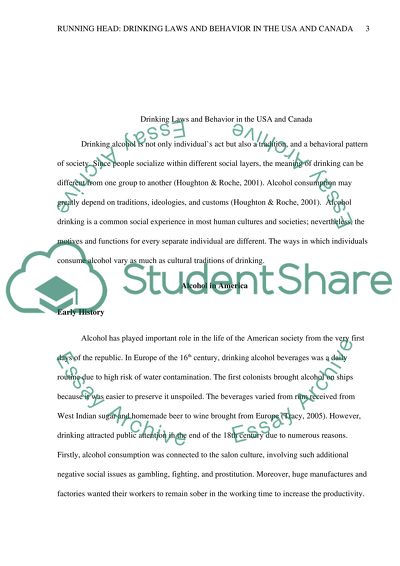Cite this document
(“A comparative Review of Drinking age laws and behaviors in Canada and Research Paper - 1”, n.d.)
Retrieved from https://studentshare.org/english/1644930-a-comparative-review-of-drinking-age-laws-and-behaviors-in-canada-and-the-us
Retrieved from https://studentshare.org/english/1644930-a-comparative-review-of-drinking-age-laws-and-behaviors-in-canada-and-the-us
(A Comparative Review of Drinking Age Laws and Behaviors in Canada and Research Paper - 1)
https://studentshare.org/english/1644930-a-comparative-review-of-drinking-age-laws-and-behaviors-in-canada-and-the-us.
https://studentshare.org/english/1644930-a-comparative-review-of-drinking-age-laws-and-behaviors-in-canada-and-the-us.
“A Comparative Review of Drinking Age Laws and Behaviors in Canada and Research Paper - 1”, n.d. https://studentshare.org/english/1644930-a-comparative-review-of-drinking-age-laws-and-behaviors-in-canada-and-the-us.


